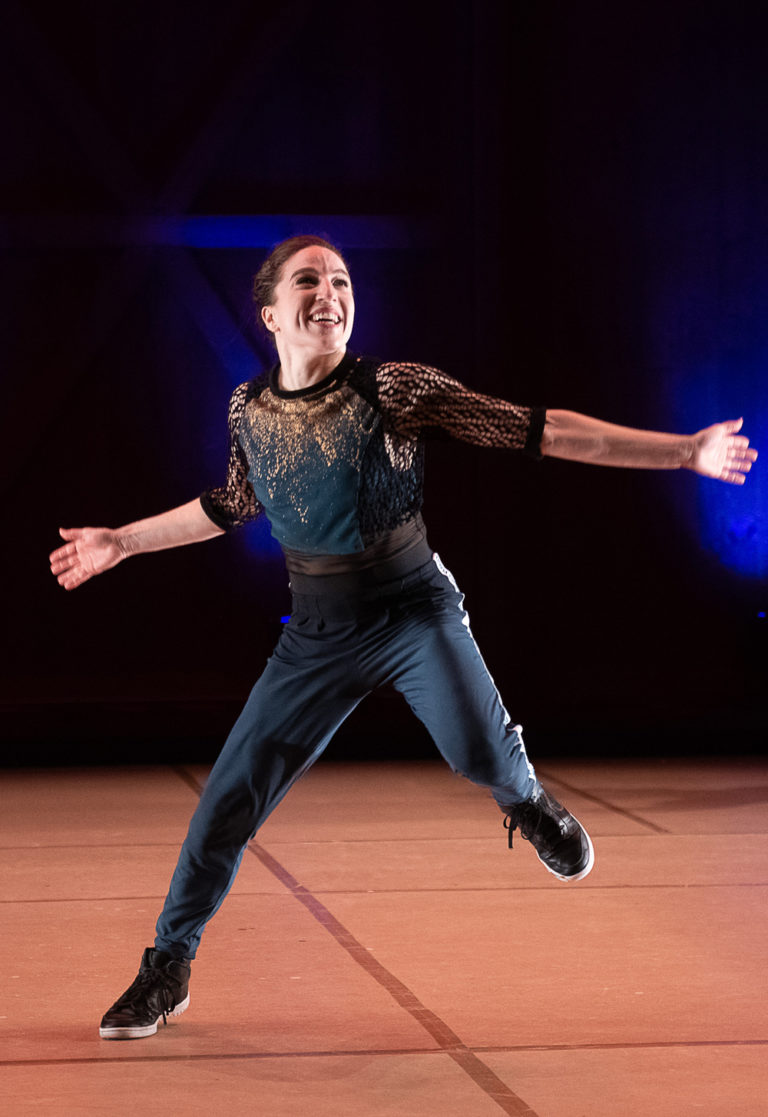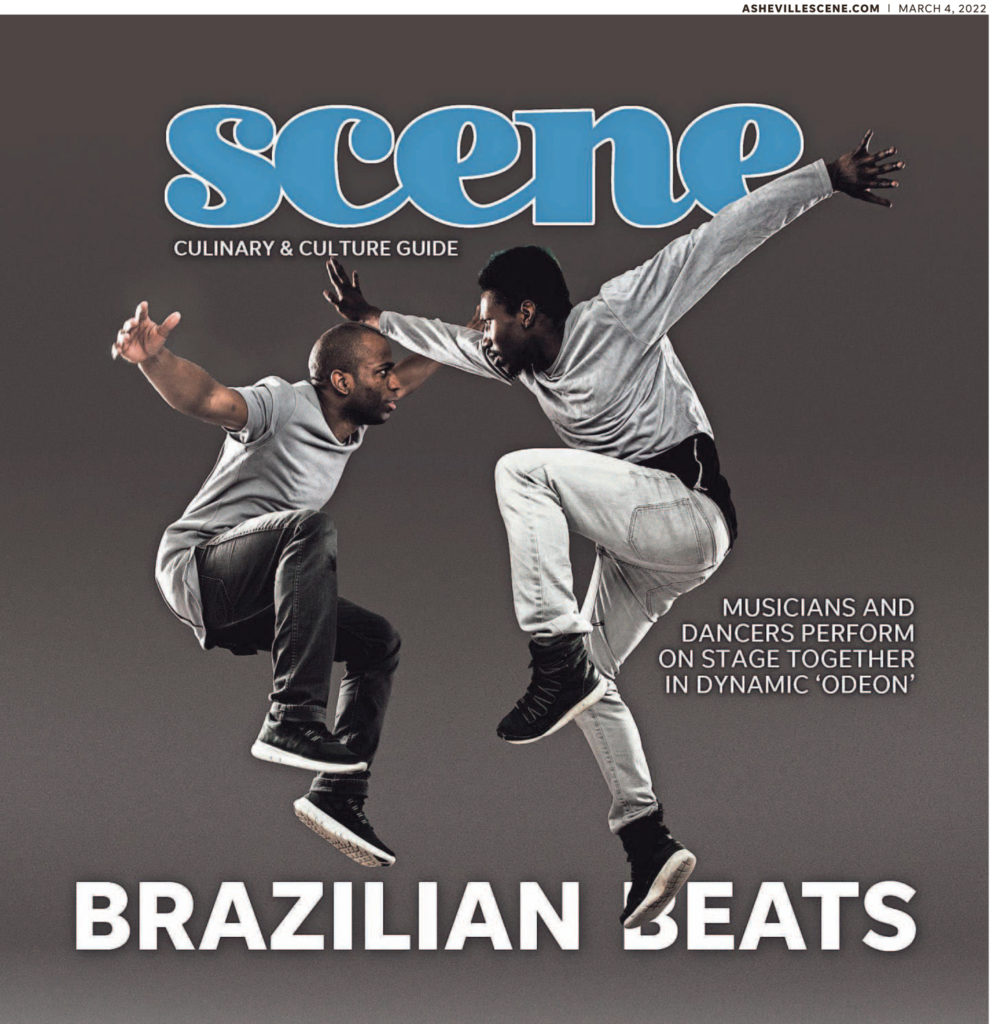Scroll down to watch two interview videos with Ephrat Asherie.
For New York City-based dancer and choreographer Ephrat Asherie, dance is all about the music.

“It’s always been about the music,” said Asherie, the founder and artistic director behind Ephrat Asherie Dance. “Music is what makes you want to get up and move — and connect to something deeper, something bigger than yourself.”
Though she originally trained in classic ballet and modern dance, Asherie spent much of her free time moving to a hip-hop beat. Eventually, she found her true artistic calling in the underground dance clubs of New York, where dancers moved freely to the music as individuals and as one — feeling the various rhythms and expressing themselves through energy and motion.
“I’ve always been really inspired by the people that I danced with in the underground community,” Asherie said.
But it wasn’t until a knee injury prevented her from performing that she first began working on her own choreographic piece — one that invited the talented dancers she met at the club to tell intricate narratives in a new way on stage. “I just felt a calling to tell stories and to work together with dancers from the underground scene,” she said. “As I started having ideas for projects and being inspired by different musical genres, I would just ask people that I was already dancing with in a social environment if they wanted to collaborate and see what’s possible.”
From there, her company, Ephrat Asherie Dance, was born — dedicated to exploring the inherent complexities of African American and Latinx street and social dance. And, immediately, the company began gaining recognition on the national scene, securing a 2013 Bessie nomination for its very first full-length piece. Since those early days, Asherie has won numerous awards for her work, including a 2016 Bessie Award for Innovative Achievement in Dance and a National Dance Project award to support the development of her work, “ODEON,” which the company is set to perform on March 8 and 9 at the Wortham Center for the Performing Arts. The company’s Asheville performances are supported by South Arts through its Dance Touring Initiative, a multi-year project to enhance the presentation and touring of modern dance and contemporary ballet throughout the South. (continued below)
“‘ODEON’ is a piece that’s really near and dear to my heart,” Asherie explained. “My brother, who’s an incredible pianist, is the inspiration behind this, because he (introduced me to the) music of Brazilian composer Ernesto Nazareth,” whose compositions are the backbone (and namesake) of the choreography.
Nazareth, who lived from 1863 to 1934, captured “this amazing sort of intersection of all these different cultures in Brazil and reflected them in his music — we’re talking Afro-Brazilian influences, European influences and indigenous Brazilian influences,” Asherie said. “You’ll hear melodies that sound like classical romantic European music, but you’ll also hear what sounds like early samba. The music is really layered. It’s really complex. It’s rich. It’s so easy to want to dance to it. I heard my brother playing it, and said, ‘OK. Let me hear more. Can you show me more of his music?’”
When her brother, Ehud, began to play more by the composer, Asherie instantly knew she wanted to work with him on a new piece. “ODEON” is the second collaborative work by the sister-brother duo, bringing together street and club dances — breaking, hip-hop, house and vogue — and remixing them to the early 20th century music of Nazareth, performed live on stage by four musicians: an upright bass player, a pianist and two percussionists playing various handheld Brazilian percussion instruments.
“I think one of the things that makes ‘ODEON’ really unique is this interplay between musicians and dancers,” Asherie explained. “We’re literally weaving in and out of each other’s spaces,” while also doing so in a figurative sense. “As dancers, we’re making our own music,” she demonstrated with a rhythmic sequence of stomps and claps. “And the musicians sometimes get up on their feet and move along with us. There’s this sort of dynamic intersection between musicians and dancers, and it’s never the same show twice.”

The Ephrat Asherie Dance performances are funded in part by a grant from South Arts in partnership with the National Endowment for the Arts and the North Carolina Arts Council.

